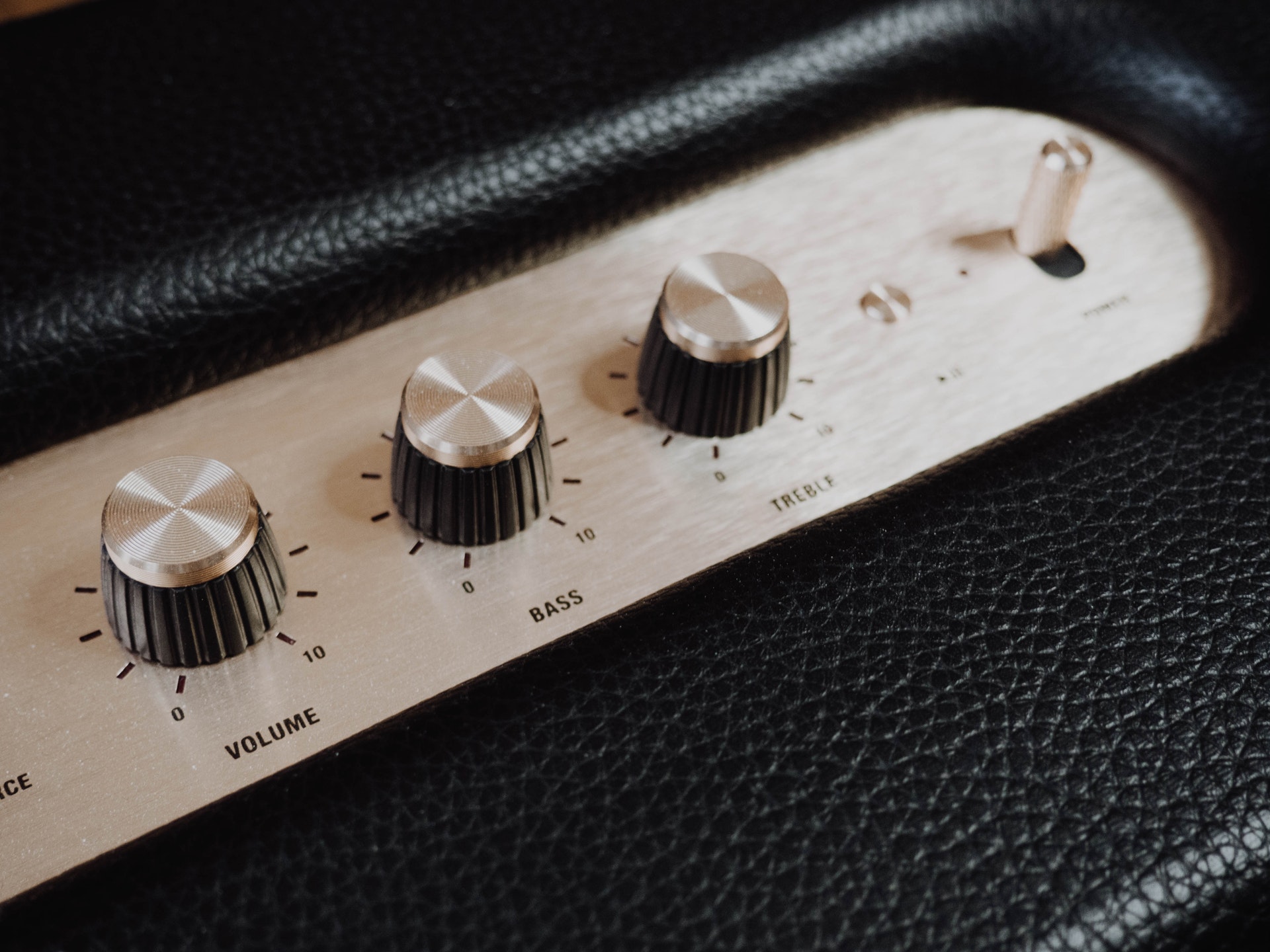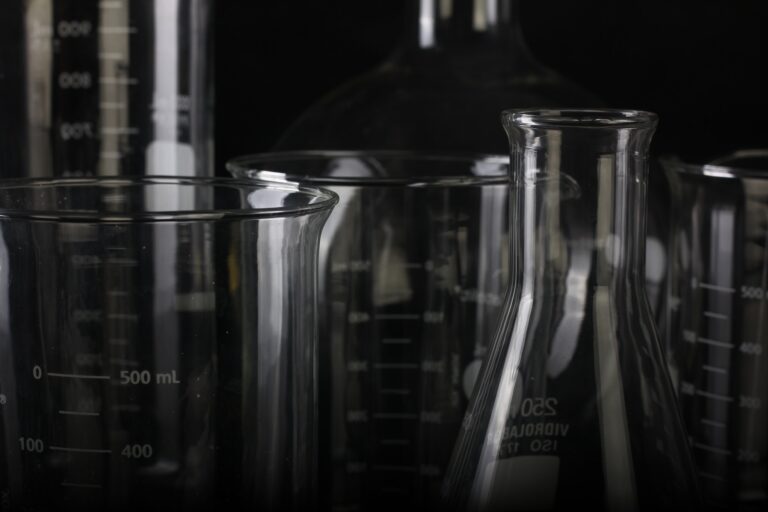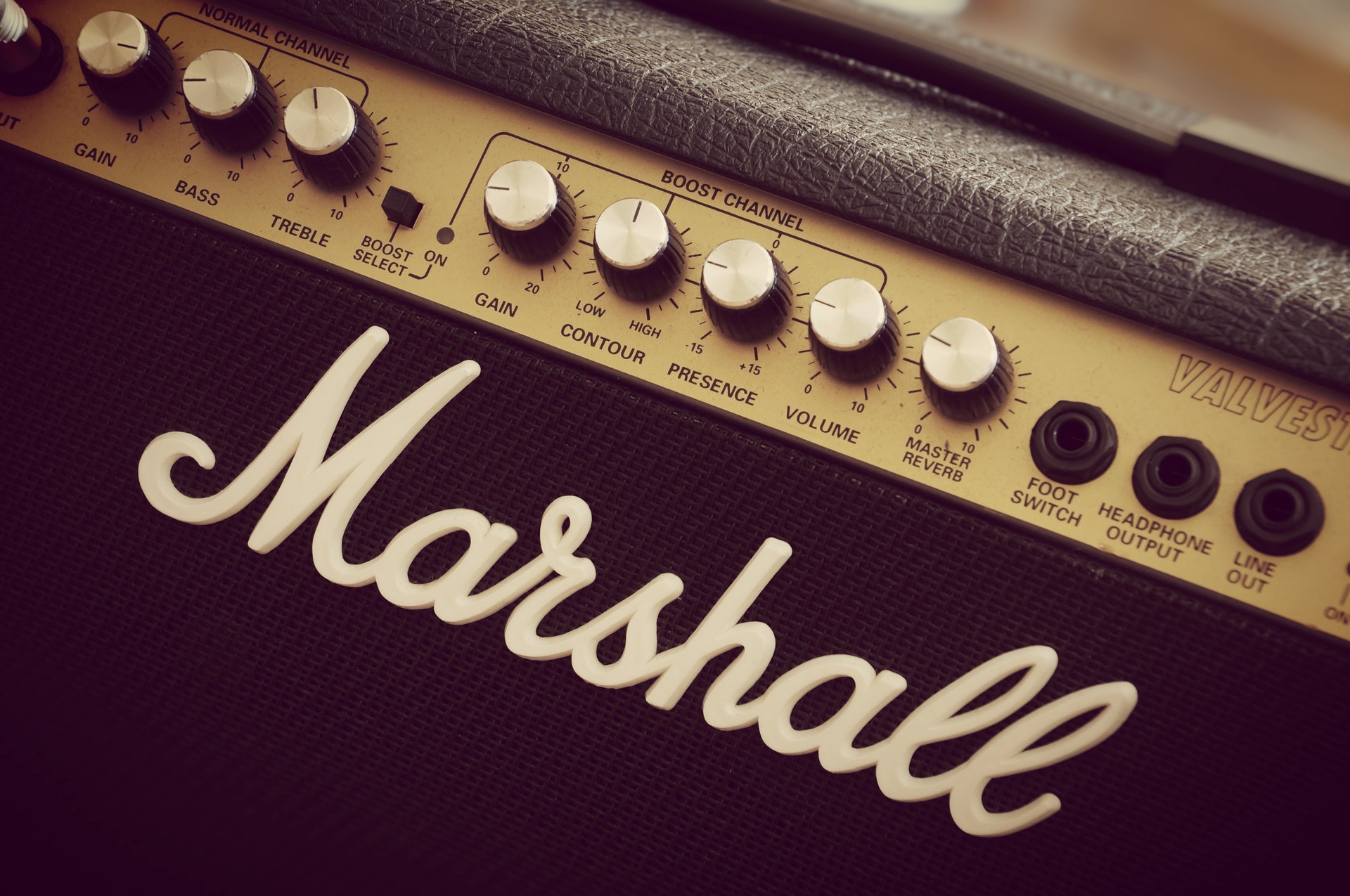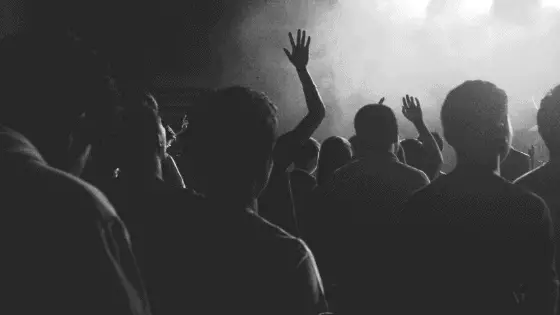The Ideal Wattage for Your Bass Amp: Experts Guide
Wattage is everything. More wattage may equal more brightness, faster charging, and louder bass amps. In this article, we’re most interested in the last one. So, what is a good amount of bass amp watts?
Generally, higher wattage means a more powerful amp. For bassists, a 50-watt amp is sufficient for home practice. But those wanting to fill a stadium may want a bass amp pushing 1,000 watts.
As with anything, application matters. Your wattage needs have everything to do with how you play. Below, we’ll explore the best wattage requirements for several bass-playing scenarios.
Does Higher Wattage Mean a Louder Amp?
Often, more wattage means more sound. However, this isn’t the only factor when it comes to volume. Amp technology has gotten more efficient, meaning new amps deliver more loudness per watt.
For example, think about LEDs. LED lightbulbs deliver the same brightness as traditional bulbs with much less power. This is why you’ll see a box say something like, “Replaces 60 watts. Uses 8 watts.” New tech has reduced energy waste, meaning most of the remaining watts go to the bulb’s intended purpose — light. The same principle applies to amplifiers.
So instead of thinking only about wattage, it’s best to think about wattage at a given efficiency level. New amps are generally pretty efficient, though. Most of the time, higher wattage does mean a louder amp.
Bass Amps vs. Guitar Amps
Generally, a bass amp requires more wattage than a guitar amp. Bassists need more power than their bandmates because lower frequencies are harder to hear.
Thus, a bass amp is generally bulkier — like the instrument itself. On the other hand, Guitar amps can be small and fill a room. Someone nearby can hear you strumming an electric guitar even without an amp. This isn’t the case with an electric bass unless your ears are within a few feet of the strings. Thus, bass amps have a bigger gap to fill.
A guitarist can get away with a 50-watt amp in a small band. On the other hand, the bassist may need a 100-watt amp or more. Unfortunately, if you’re a bassist, you’ll (likely) need to spend more on a decent amp. Maybe your bandmates will see your struggle and chip in?
Bass Amp Wattage for Solo Practice
You don’t need to bust out the big guns if you’re jamming out in a room. Yet. A bass amp offering between 30 – 50 watts is more than enough for home use.
The extra wattage will provide something called headroom. Headroom refers to how loud you can crank the volume on your amp before overdrive distortion appears. And no, this isn’t the glamourous distortion of an electric guitar dropping sick metal riffs. Instead, it’s an auditory nightmare for you and your neighbors.
Realistically, you won’t be using the full 50 watts on your bass amp (unless you welcome noise complaints). Instead, you may have 35 watts of clean sound, for example.
So if you’re in an apartment, shoot for the lower end — about 30 watts. But if you live in a home with considerable space between yourself and others, feel free to go for 50 watts (or more if you have no neighbors) and fill your home with glorious, groovy basslines.
Bass Amp Wattage for Band Practice
Your power requirements increase when you add a drummer, guitarist, xylophonist, or whoever else to the mix. Remember, you need more wattage than the guitarist to keep up, as lower frequencies are harder to amplify.
Try to find a bass amp between 150 and 300 watts for band practice. This ensures that you’ll continue to be heard during the loudest parts of rehearsals. Even if you don’t anticipate needing 300 watts of volume, it’s better to have a 300-watt amp at 50% volume than a 150-watt amp at 100%. Again, you’ll have more headroom with 300 watts, which means more usable volume.
Plus, routinely pushing your amp to maximum volume will significantly reduce its lifespan. So when in doubt, pay for more watts. You’ll save money in the long run, as your amp should last longer.
Bass Amp Wattage for Small Gigs
After factoring in noisy bandmates, now it’s time to consider loud and rowdy audiences. For your bass to be heard over other instruments and drunk venue patrons, go for 500 – 800 watts.
Bass amp cabinets this powerful are bulky. If you don’t already hit the gym, carrying your amp between gigs will be your new workout: big watts, big gains.
A 500-watt amp will pack a punch big enough to drown out crowd murmur. However, if your budget permits, an 800-watt model enables you to play over more boisterous crowds. But remember, you’ll have to haul it on and off stage unless you have help. If you don’t like that idea, consider purchasing an amp head and separate speaker cabinet to lighten your load.
Bass Amp Wattage for Concerts
Concerts are deafeningly loud. Some rock concerts are 130 decibels, making them noisier than airports and stock car races. To compete with all that noise, bass amps must be extraordinarily powerful; and power doesn’t come cheap.
Many of the biggest concerts have sound systems surpassing 200,000 watts. One extreme example was an EDM festival with more than one million watts of bass back in 2018. It’s safe to say that this is modest overkill for most.
Before you buy anything, consider where you’re playing. Some stadiums may provide a PA system, although you shouldn’t bank on that. It’s also important to consider how far from the stage the farthest audience member will be. In massive arrangements, like festivals, audio engineers have to account for the speed of sound.
Thus, there’s a massive variance for ideal bass amp wattage. Most concert amps are around 1,000 to 1,500 watts. However, most live shows use multiple amps and speakers to increase volume. A 50,000-watt bass amp, we imagine, would require its own trailer.
Ultimately, it’s not always about getting bigger amps. Audio engineers employ scientific audio methods to increase volume. This video explains how they do it:
Best Bass Amps
Now that you have an idea of how many watts you’ll need, it’s time to find the right amp. So, what are the best bass amps available?
We’ve located some reliable compo amps for every category. Choose appropriately, and you’ll have plenty of headroom (pure tones) to fill however large a room you wish.
Best Bass Amps for Solo Practice
There’s nothing like jamming out in your bedroom. Fortunately, it doesn’t cost much to pack a room with thunderous bass. You don’t have to worry about other pesky noises, except maybe your neighbor’s modded Honda Civic.
You should never have to spend over $200 for a fantastic practice amp. These combo models prove it:
- Donner Bass Guitar Amp 30W – ($130)
- Fender Rumble 25 v3 Bass Combo Amp – ($140)
- Orange Crush25 Bass Guitar Combo – ($199)
Best Bass Amps for Band Practice
When it comes to band practice, you need to have enough power to withstand other sounds. Specifically, you need an amp with approximately double the wattage of your guitarist’s amp (if applicable). If you can afford it, try to get an amp that’s louder than it needs to be. For example, if the guitarist has a 50-watt amp, you’ll have no issues projecting with a 200-watt amp.
Combo amps are an affordable choice for band practice. These models pack a punch, but hopefully not through your checking account:
- Fender Rumble 100 v3 Bass Combo Amp
- Peavey MAX 208 200-Watt Bass Amp Combo
- Ampeg PF-112HLF 1×12 Bass Amplifier Cabinet
Best Bass Amps for Small Gigs
Small gigs are where you’ll need a sizeable combo amp to be heard. Unless you’re confident that your audience will be quiet during your performance (if alcohol is served, forget it), you’ll need 500 watts or more.
Expect to spend between $300 and $1,000 for a bass amp suitable for gigging. Combo amps offer great value, but an amp head and cabinet setup may provide additional headroom. Consider these:
- Bugera BXD15A 1×15″ 1000-watt Bass Combo Amp
- Hartke KB15 Kickback 1×15″ 500-watt Bass Combo Amp
- Fender Rumble Stage 2×10″ 800-watt Bass Combo Amp
Best Bass Amps for Concerts
You’ll have a hard time finding combo amps far above 1,000 watts. For most concert setups, you won’t be using combo amps. Instead, you’re better off with a “head and cab” setup.
There becomes a point where more wattage doesn’t do much to improve volume. Thus, having a head amp (no speaker built-in) plus several standalone cabinets allows you to split the work between multiple volume sources.
Therefore, the best amps for concerts aren’t combo amps. Instead, look at these versatile head amps (and don’t forget the cabinets). Fortunately, there are options for every budget:
- Behringer Ultrabass BX2000H 2000-watt Bass Head
- Hartke LH1000 1000-watt Bass Head
- Mesa/Boogie Subway TT-800 Lightweight 800-watt Bass Head
Conclusion
Bass guitars are power-hungry. Amplifiers turn a low grumble into a booming sound, after all. In most cases, wattage is what gives you that power.
How many watts you need depends on how large a space you need to fill. It doesn’t take much for a small, quiet room. On the other hand, for venues and concerts, you’ll often see wattage numbers exceeding one thousand.
Remember, though, that wattage isn’t everything when it comes to volume. It is, however, a top consideration when considering your next bass amp — choose wisely. But if you aren’t sure, go with more power than you think you need. You’ll have plenty of headroom for loud and pure tones.
